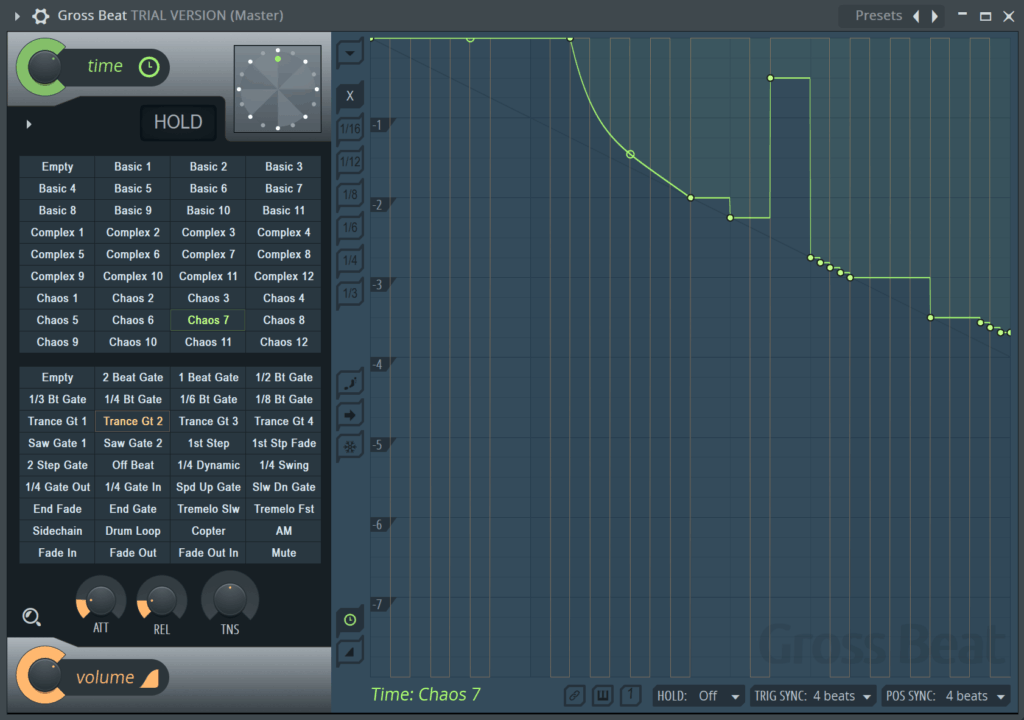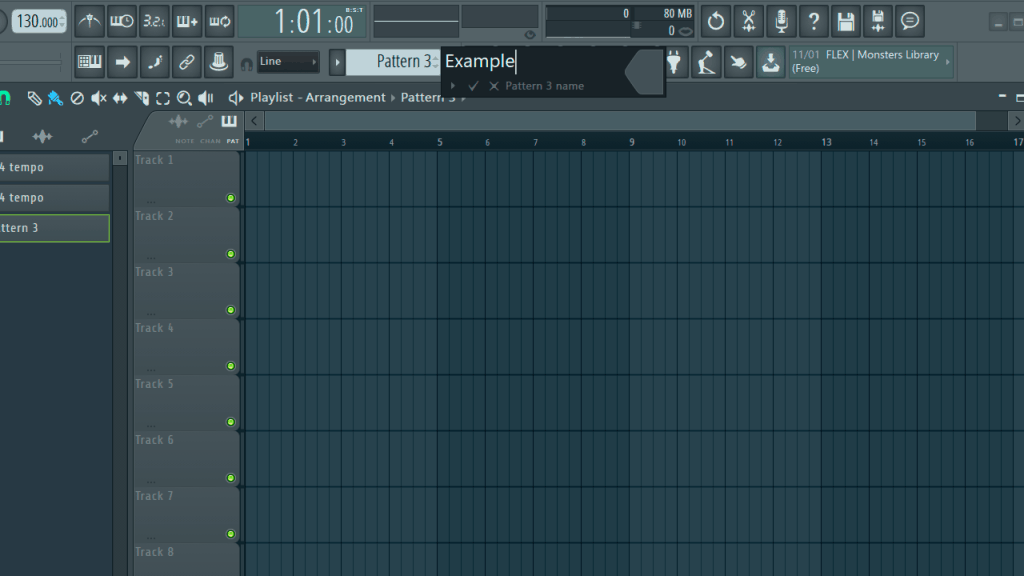

The following picture shows the rack with all the modules wired in the correct way: Now, go ahead and add a NNXT and NN-19 module and wire them to the fourth and fifth output channels (respectively) in the Hardware Interface. I'll get to an explanation of why further on in the tutorial. Make sure that the audio signal from only the first module is connected in a stereo patch. The audio from the Spider for the Malstrom module should be routed to the third output channel in the Hardware Interface. Now add a Malstrom module along with another Spider module and wire it accordingly: The audio from the Spider should then be wired directly into the Hardware Interface's first two stereo output channels. Sending the audio through a 'Spider Audio Merger / Splitter' enables FLStudio to recieve a stereo signal from a mono source. Flip the rack over (keyboard shortcut: 'Tab') and wire it as shown:

Below the Subtractor module, add a 'Spider Audio Merger / Splitter' module. Go ahead and add a Subtractor module (Create > Subtractor - hold down the SHIFT key to keep Reason from automatically wiring the module). This allows us to actually send audio from each module to its own independent mixer FX channel in FLStudio. When using Reason as a slave in ReWire mode, it is always best to wire the devices cables directly to the Reason Hardware Interface (top of the rack). In this example I am going to use the Subtractor, Malstrom, NNXT, and NN-19 modules in Reason. Start with an empty rack in Reason (you may want to create your own custom rack that Reason can open with each time). So now you should have both FLStudio and Reason open, ReWired, and ready to go! FLStudio will not automatically open a rewire client for you upon opening a ReWire project. Also, keep in mind that whenever you open a FLStudio project that contains a ReWire channel, you must manually open the rewire client by clicking the 'Show Panel' button in the ReWire channel settings window. To keep things organized, it is a good idea to label the projects in each program the same so that they do not get mixed up with other projects. You must create a project in both Reason and FL Studio to save the changes you make. Note - the only draw-back to using ReWire is that saving a project in FLStudio does not automatically save the Reason project. If it is not, be sure that FL is registered as a ReWire client. Once Reason is open, the 'Reason Hardware Interface' should show that Reason is currently in 'ReWire Slave Mode'. If the client does not open automatically, go ahead and try opening it manually.

Clicking the 'Show Panel' button should automatically open the ReWire client, but this may not work on all systems (be usually takes a minute to open up). Simply choose the client you want to use (in this case, Reason). If you have more than one ReWire client installed on your computer (Cubase etc), they should show up in the drop-down Client menu. Take a moment to become familiar with the ReWire channel's interface. Once it is added, the channel settings window for the ReWired channel should open automatically (see below). By using more than one application via ReWire this can provide you with new innovations of creativity.įirst thing's first.start a new project and add a ReWire channel in FL Studio (Channels > Add One > Rewired). Choose 'yes' to register rewire client, and FLStudio will then be registered as a ReWire client.
#Fl studio 11 tutorial pdf install#
Cancel install of the VSTi and say no to installing the DXi (unless you want to install those also). If you bypassed registering FLStudio as a ReWire client when you first installed it, no problem.simply go to Start menu (Windows) > FL Studio > Advanced > Install plugin version. You will want to make sure that FLStudio is registered as a ReWire client before proceeding. I'll also cover how you can route the various 'generator' modules in Reason (Subtractor, NN-XT etc) to their own FX channel in FLStudio's mixer for independent application of effects.
#Fl studio 11 tutorial pdf how to#
In this tutorial I'm going to explain how to use ReWire FLStudio and Reason, as well as set up MIDI-Out channels for automating parameters in Reason from within FLStudio (we will be using FLStudio as a 'Master' and Reason as a 'Slave'). Setting up FLStudio as a ReWire host is not all that hard, though it may seem daunting at first. This tutorial explains how to use fruityloops and Reason together so you can use the two programs together, making fruityloops a sequencer and Reason a synth rack etc Tutorial: Using FL Studio and Reason together


 0 kommentar(er)
0 kommentar(er)
